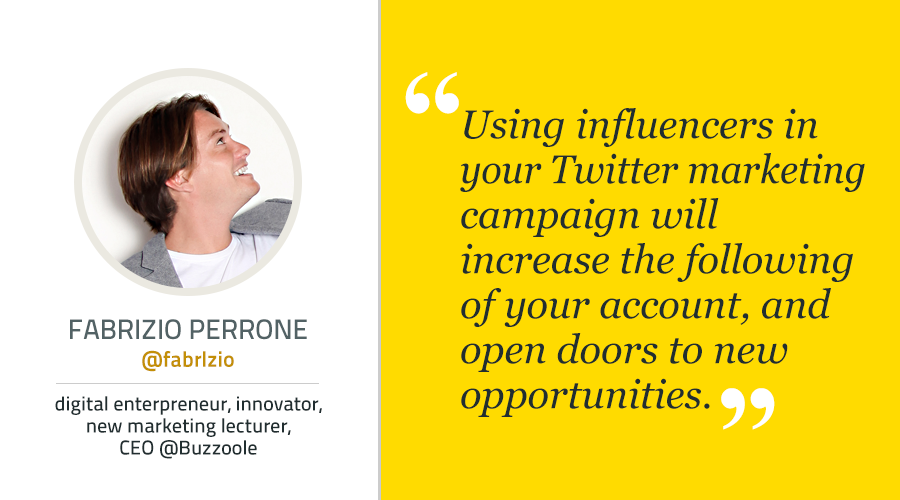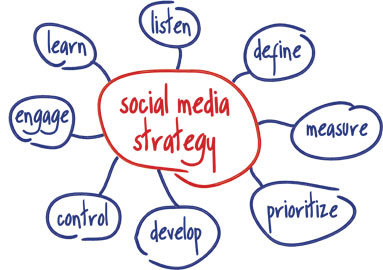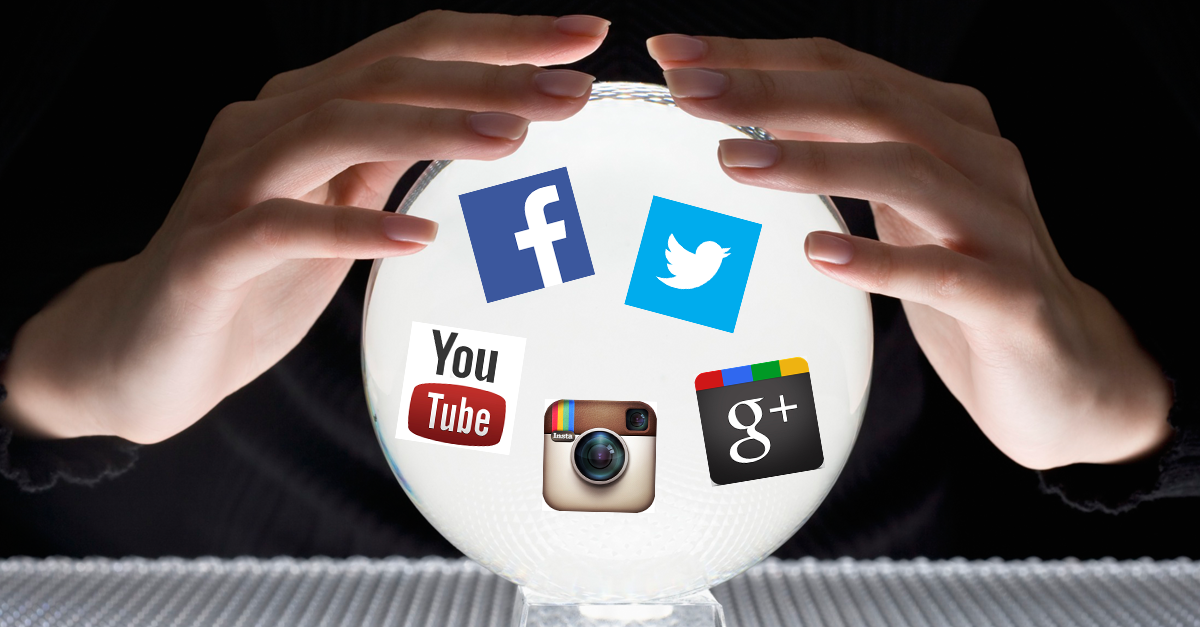Every brand that has ever made a Twitter account has tormented itself over how to get followers, how to engage with them and so on.
- How do I connect with followers?
- What can I use apart from Twitter ads to engage them?
- What can I do to keep them coming?
These questions are – how shall I say this? Usual for them to ask.
But these are legit questions to say the least. Growing a Twitter following can be intimidating, especially if the known ways of getting follower traction backfire. It could even tempt you to take shortcuts such as paying third-parties who promise 1000 followers a day, but that’s a mistake because followers from these sources are spammers or bots, so you’ll not receive any real engagement. Even people who manage top Twitter accounts have been tempted to buy fake followers.

To minimize the risk of failure and immerse yourself in Twitter conversations, you need to present yourself in the most credible way possible. That could be an issue if you’re a new brand, as you won’t have an existing follower base to display as social proof. It could even be an issue with companies that have been on Twitter for long; not everyone receives a lot of engagement despite having solid numbers in terms of followers.
But there’s a tactic that can work for everyone. We’ve talked about it several times in the past, and people who’ve tried it appreciate its capability to drive social media following and engagement.
It’s the reliable power of influencer marketing.
Influencers are the secret to get followers, the more and more targeted ones. Social Media Research Foundation and the Pew Research Group conducted a research on Twitter conversations, examining a plethora of conversations as well as the role of follows, specific words, retweets and hashtags. Then the researchers created maps of different subjects to establish structures and patterns.
The interesting bit? The study found the role of influencers. They’re the glue of conversations, motivating followers and supporting the fodder of tweets. Engagement is difficult without them, and their place within a network of Twitter users is an important factor of their influence.
Influencer Marketing Works Better Than Other Twitter Marketing Tactics
Influencer marketing is a better strategy to grow your following for a variety of reasons. For instance, it has the potential to drive more traffic referrals than the Twitter advertising strategy. AdEspresso compared Twitter ads with Facebook ads and found that when it comes to overall traffic referrals, which include social referrals, direct traffic, and organic and paid search traffic, Facebook was driving 23.4% of a site’s traffic, while Twitter was driving only 1%. On most websites, Facebook was reported to drive 20% more traffic than Twitter.

While it is understandable that Facebook’s ad platform is more efficient, one of the reasons for low referral traffic on Twitter is that most brands don’t aim for targeted followers. Influencer marketing has the potential to not only grow referrals, but also the value of those referrals. Foolishness File cited Nick LeRoy of RideCoverage, who stated that referral customer/traffic acquisition from a link referred by an influencer is far more valuable to him than a single link passing hyperlink. Nick went on to say that he would rather reach out to a few local insurance agents and have them share his website’s link than 100 bloggers with an audience who doesn’t care about his niche and won’t engage with his site.
Another reason for using the power of influencers is that brands’ influence on Twitter users have fallen in recent years. Word-of-mouth is the key these days, with consumers telling each other about specific brands, and the consumers themselves are the long-tail influencers. Long-tail influencers aren’t the traditional celebrities, but passionate, knowledgeable experts regarded as a trusted source through the tweets they create and share. Twitter influencers hold a significant level of credibility with their audience. Twitter users are more likely to trust tweets from influencers over direct brand messaging. Even Twitter realizes the impact of influencers, which is perhaps why it is enabling brands to piggyback someone’s influence among that influencer’s audience instead of using brand advertising with the new conversational ad format.
What intrigues me the most is that micro-influencers play a key role in growing one’s Twitter following. The Keller Fay Group, with the assistance of Dr. Jonah Berger, conducted a research on these influencers. But Berger went a step ahead than just analyzing Twitter data. He did field research and conducted personal interviews to discover the benefits of influencer marketing. The study revealed that influencers were having 22.2 times more conversations each week than an average consumer regarding purchase recommendations. The study also found that 82 percent of consumers acknowledged that they were likely to pursue an influencer’s recommendation. Now imagine if an influencer recommends their audience and other Twitter users to follow your account. That would get you a credible following in no time. Those who are doing influencer marketing with celebrities are missing out on a big opportunity.
Just see it like this FrienDiagram:

The highly-focused B2B marketing agency, Modern, got the following results from influencer marketing based on their experience with technology and software businesses:
- Social media engagement levels increased by ten-folds
- URL click through increased by 8x
- Twitter reach increased from 2,000 per week to 175,000 per week
Also, people who came from Twitter and other social media channels to their website because of influencer engagement bounced less, viewed more pages, and spent a long time browsing. They also saw LinkedIn and Twitter drive a significant growth in “net new” visits which was one of their early stage metrics when they were completing lead generation campaigns.
Working With Influencers on Twitter
Mega brands may prefer to work with one large influencer to get their followers, but what if you want to take a different route or simply can’t afford it? You may want to consider the option of working with long-tail influencers who have a grass-roots relationship with their audience.
But finding the right influencers is a challenge in itself. Econsultancy and Fashion & Beauty Monitor reported that 73% marketers find it difficult to discover the right influencers. 84% manually search social networks to identify ideal influencers, which is a waste of time and unlikely to result in the most informed choice.
With that in mind, here’s a list of measures that’ll help you discover the right Twitter influencers so that you can work with them to grow your Twitter following:
- Use Discovery Tools To Find Influencers
Using Twitter Search to find influencers manually is not very feasible. That’s why there are a number of discovery tools available to support your Twitter scouting efforts. Examples include Audiense and Followerwonk. With these tools, you can enter keywords related to your niche to search for influencers and see their following. There’s also the possibility to filter influencers by location if you’re aiming to gain followers from a specific area.
OR, you can automate the entire process with a platform like Buzzoole. Automated influencer marketing platforms enable you to identify influencers via the same process (by keywords, geographic area, etc.), but they go a step further by helping brands turn influencers into brand ambassadors. You can directly set a goal for increasing followers and create a campaign for achieving that goal, all through the platform. Some platforms will offer a live tracking dashboard so that you can check the virtality and performance of the campaign.
- Share Your Requirements & Objectives
Once you’ve hunted down the influencers, you need to share with them your requirements and objectives. Be clear about the content you want them to produce. Is it a single tweet to be published on their account with a mention of your brand’s account? Is it a series of tweets that will go out from your brand’s account with a mention of the influencer? Let them know what your content requirements are. You may also want to discuss the use of hashtags, contests, etc. and if disclosure would be needed.
Likewise, you would want to discuss your objectives. What are you looking to achieve? Are you aiming to gain more than 500 followers per month? Or more than 500 followers and 100 retweets of your Twitter posts or Twitter posts that mention your brand? You need to discuss these things with your influencers so that they can develop a roadmap to help you achieve your objectives. Also, talk about whether or not you’ll give a push to the planned tweets (through Twitter advertising, cross-posting, retweeting, etc.).
- Monitor Your Influencer’s Strategy & User Response
While it’s not wise to force an influencer to create the content you want because influence marketing works best when influencers are allowed to use their creativity or at least co-create the tweets you can still see if their tweets are in line with the strategy you discussed before the start of the campaign. Monitoring will also give an idea of how the influencer is contributing towards your follower growth.
Another thing you should do is to see how Twitter users (new followers, the influencer’s audience, your own audience) are reacting to the new tweets. This will give you an insight on which tweets are performing well and if any there’s any negative reaction. Looking through the response may allow you to collaborate with the influencer to tweak the tweeting strategy to improve campaign performance (of course, if needed).
- Analyze The Results
How did the influencer marketing campaign perform? You’ll get the answer by analyzing the results, which may require you to analyze the cost of acquiring a follower. And when you calculate whether you earned a positive or a negative ROI from this digital marketing campaign, you can even analyze if you gained any new influencers from the campaign itself (people who started tweeting about you because of your hired influencer).
If you’re using an influencer marketing platform, it will be easier for you to do such analysis, since advanced platforms calculate different results for you automatically. If everything works out well and you’re satisfied, you have the option to create a follow-up campaign (with the same influencers or a new group depending on your preferences).
Final Thoughts
Using influencers in your Twitter marketing campaign will help you get more followers to your account, and open doors to new opportunities. The keys to success would be picking the right influencers, developing a strong relationship with them, and making them understand your requirements clearly. P.S. Brands can also collaborate with influencers and arrange an offline event where live tweeting can be used to gain brand traction and grow followers in real-time.
Influencer marketing can be utilized in different ways to grow social media followers, what is your take on Twitter campaigns that include influencers? We’d love to hear your thoughts, and if you’re unaware of how to run scalable, cost-effective influencer marketing campaigns on different platforms, download our ebook to discover how it is done.


